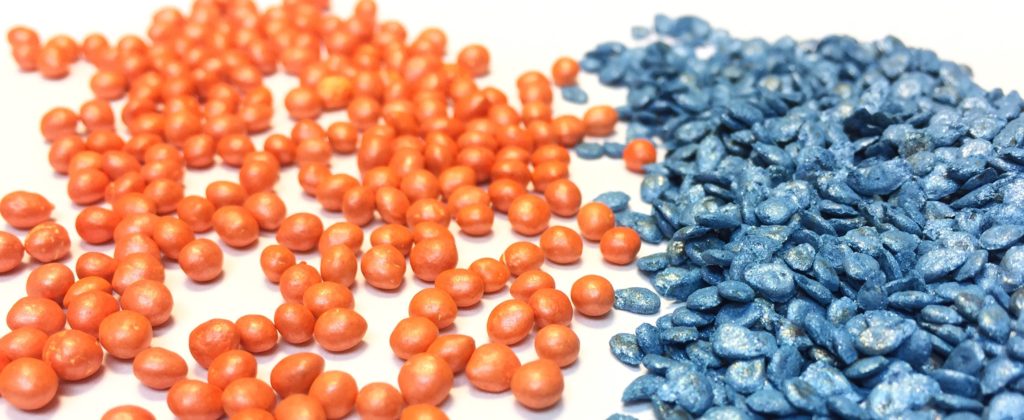How to Handle Treated Seed Spills?
Seed treatments are an economical way to protect your crops for diseases and pests and improve crop performance. Treated seeds improve crop stands and healthier plants that may result in higher crop yields. However, it is essential to remember that seed spills pose a potential threat to birds and other wildlife if not properly cleaned up in the field and or storage areas. Birds such as wild turkeys, sparrows, blackbirds, Blue Jays, and other bird species may be attracted to seed spills which can result in death if eaten. The following are three steps for how to handle treated seed spills:

How to Handle Treated Seed Spills – 3 Steps
- Follow Label Direction – Follow directions on the seed container labeling for proper handling, storage, planting, and disposal.
- Know Where and When Spills Will Likely Occur – The highest risk for seed spillage occurs at the loading site, at the point of entry to the field, and turn rows. Knowing where and when the spills are most likely to occur helps for preventative action.
- Clean or Cover-Up Seed Spills Immediately! – When treated seed spills occur, cover them up immediately with soil to ensure they don’t remain visible for birds or wildlife to consume. Completely remove all remaining treated seed leftover in containers and equipment per the seed label’s instructions.
Not only is the handling of treated seed spill critical for protecting the environment, but dust-off prevention is also essential for reducing exposure for both the applicator and the environment. All agrochemicals Germains applies to seed goes through rigorous testing by federal and state agencies to ensure their safety for the applicators, wildlife, pollinators, and the environment. Applied per the manufacturer’s label requirements, Germains has strict quality assurance testing to ensure dust off minimized when handled or during planting.

There is no question that seed treatments are valuable inputs that help growers achieve higher yields and increase revenue. By following these guidelines for how to handle treated seed spills significantly reduces potential risks to the environment.
